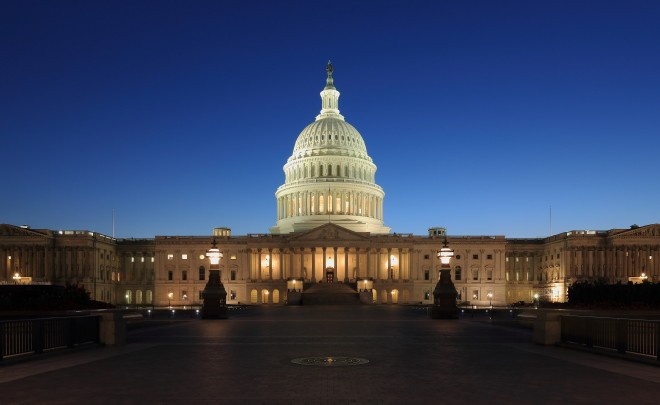How the Coming Shift in Monetary Policy Will Affect Your Investments_1
Post on: 29 Май, 2015 No Comment

One of the most interesting debates regarding monetary policy is emanating from the Federal Reserve members themselves. The Federal Reserves current monetary policy program includes an $85.0-billion monthly asset-purchase program. Recent comments made by many of the Federal Reserve members indicate that they are as unsure about the current monetary policy program as the rest of us.
Increasingly, it appears that more Federal Reserve members are leaning toward reducing and even eliminating the current aggressive monetary policy program of bond buying, and doing so sooner rather than later.
Conversely, there are still several Federal Reserve members who currently vote on monetary policy and want to continue the asset-purchase program, as they dont see an economic recovery coming anytime soon.
This divergence makes it extremely difficult to predict the future of monetary policy. This is important, because when the Federal Reserve indicates that it will begin reducing its bond-purchasing program, it will have large ramifications throughout various markets.
Personally, I have been of the opinion that the Federal Reserve will begin to reduce its aggressive monetary policy program, or at least indicate that it plans to do so, later this summer or early fall. This shift in monetary policy, I believe, will cause many assets to decrease in price, with bonds being sold off and stocks getting hit as well.
Economically, there are many mixed and conflicting data points. Both vehicle sales and housing are strong points in the economy; however, manufacturing still continues to lag. As well, the recent survey by the Federal Reserve Bank of Philadelphia indicated that current manufacturing conditions are weak, but that business owners are optimistic about the future.
Those types of mixed messages are causing considerable difficulty for analysts, economists, investors, and Federal Reserve members in trying to determine what the best course for monetary policy is. Investors need to incorporate some estimate of future economic activity and monetary policy into their valuation models when buying stocks and bonds; however, its extremely complicated to do so when the data indicate various potential outcomes.
Additionally, while jobs have been created, the level of employment growth has been far from optimal. With the continued decrease in the participation rate, this has allowed the unemployment rate to drop. However, this type of decrease in the unemployment rate does not satisfy the Federal Reserve, because they are all too aware that people dropping out of the labor force is not part of a healthy economy. This is part of the reason why they have taken on such an aggressive monetary policy stance.
What is surprising to me is that given the current economy, so many Federal Reserve members are now voicing their shared opinion that the aggressive monetary policy stance of $85.0 billion per month in asset purchases should be reduced or even eliminated.
We cannot ignore the recent statements, and one should begin incorporating this probability when calculating both bond and stock investments. Considering the Federal Reserve is such a large purchaser of bonds, creating a backstop of support, in my opinion, it would make sense to exit fixed-income positions; these will drop substantially in value once the Federal Reserve reduces and eliminates its asset-purchase program.
The following article is from one of our external contributors. It does not represent the opinion of Benzinga and has not been edited.














